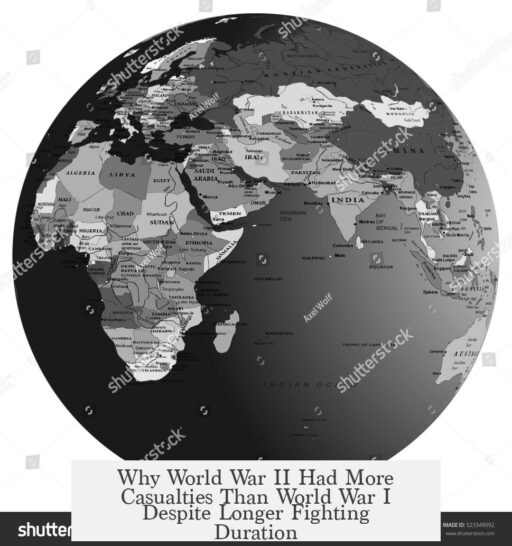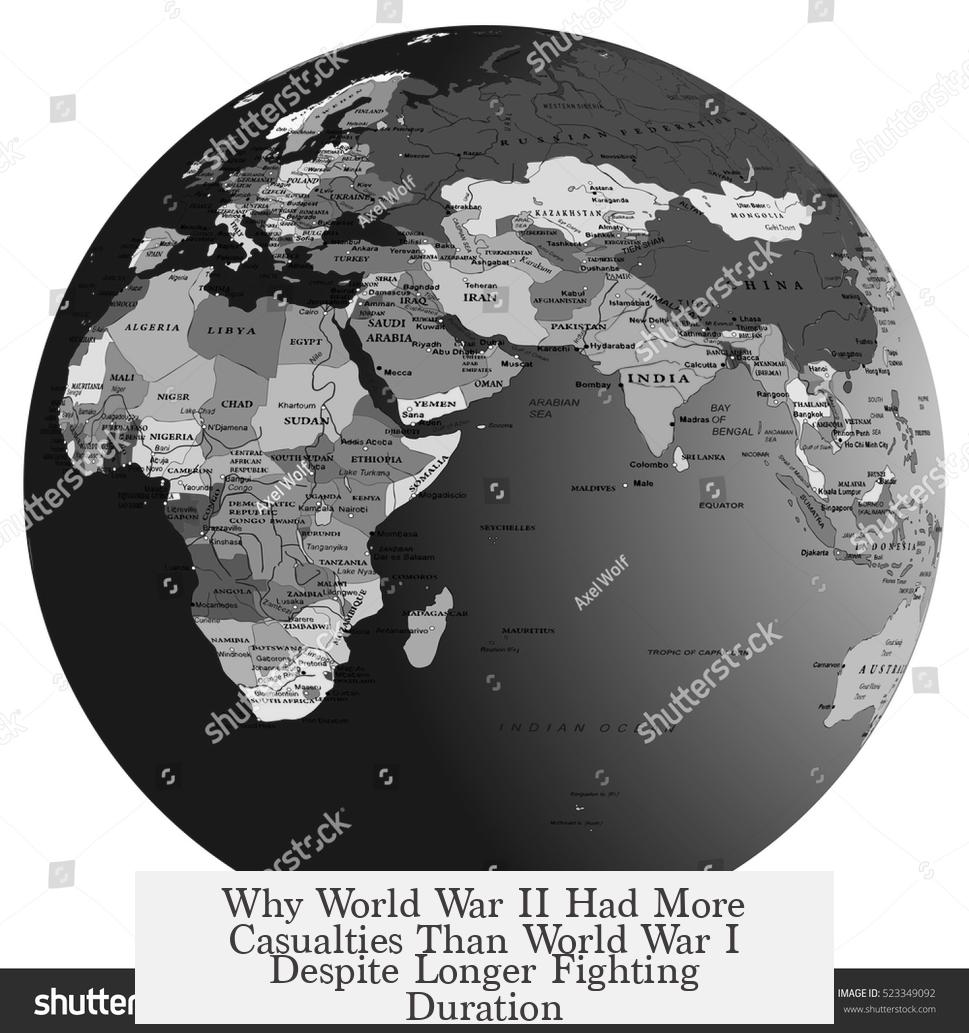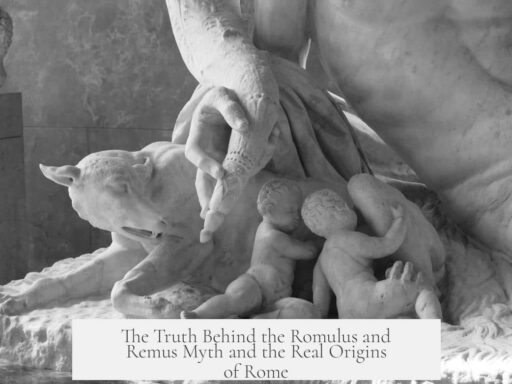World War 2 resulted in more casualties than World War 1 despite the seemingly prolonged fighting of World War 1 because of several critical factors, including the scale of civilian deaths, the intensity of the Eastern Front, the broader global scope, and the nature of warfare in both conflicts.
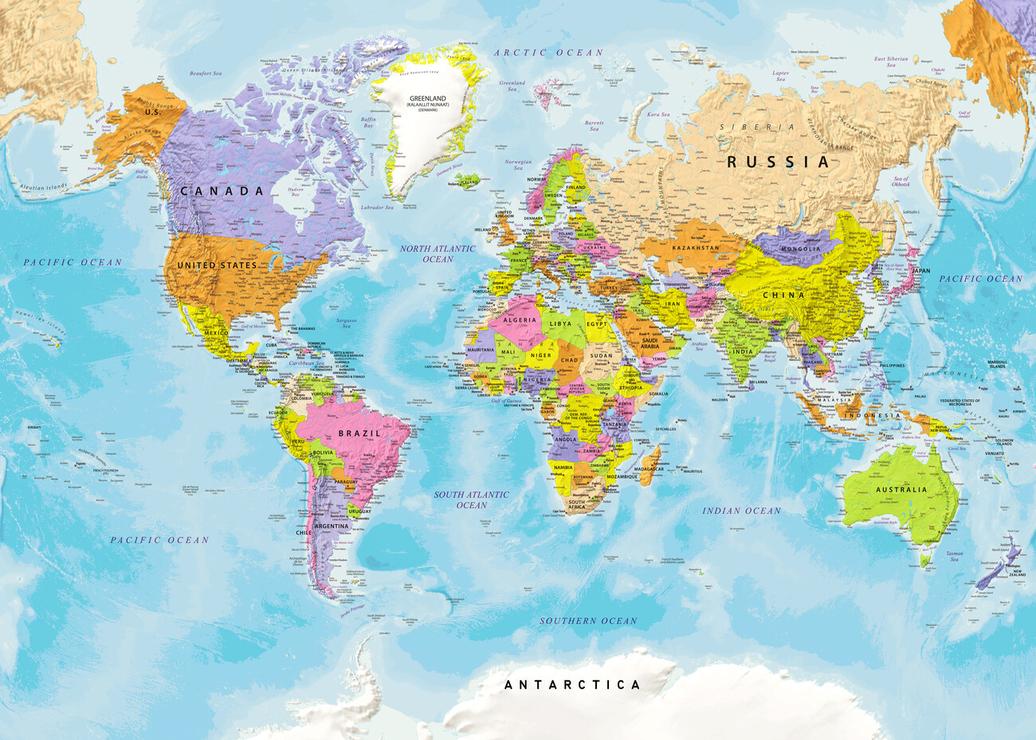
First, civilian casualties played a massive role in accounting for the higher death toll in World War 2. Around 50 million civilians died during WW2 compared to roughly 7 million in WW1. This stark difference arises mainly from the widespread bombing campaigns targeting cities and civilian infrastructure in WW2. Advances in air technology made such large-scale bombings feasible. Additionally, wars in WW2 were often “fight to the death” struggles, where the distinction between military targets and civilians blurred. In contrast, WW1 mostly involved engagements far from major population centers, limiting direct civilian casualties.
The Eastern Front explains a significant proportion of WW2’s greater casualty figures. Russia suffered devastating losses in both wars, but its WW2 casualties were nearly 15 times higher than those in WW1. The Eastern Front alone caused more deaths than all of WW1 combined. Estimates indicate 4 to 5 million German or Axis deaths and 17 to 25 million Soviet deaths on this front, overshadowing the 17 to 19 million total deaths recorded in WW1. Operation Barbarossa, the largest invasion force in history, exemplifies the scale and ferocity of fighting on the Eastern Front. Even if all other WW2 theaters were removed, the Eastern Front would still stand as the largest and deadliest military confrontation in modern history.
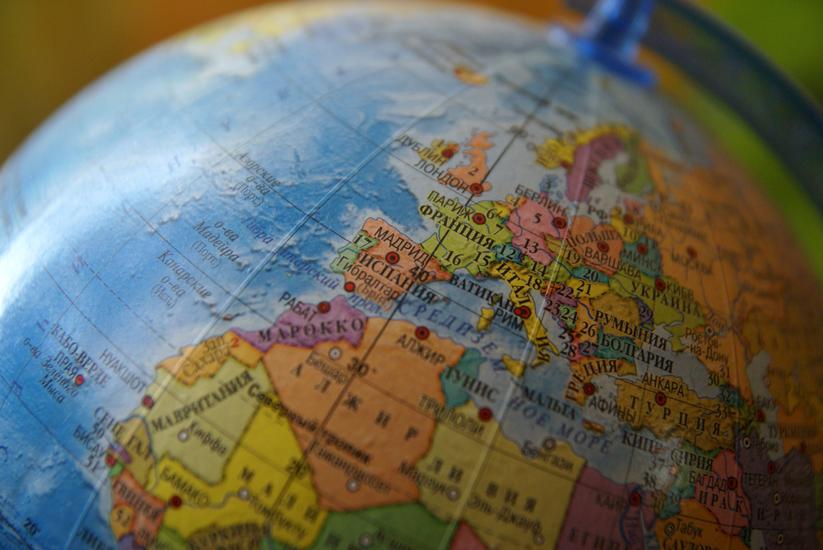
WW2’s global scale also contributed to its higher casualties. The conflict included massive involvement in Asia—significantly more than WW1. Japan’s expansive campaigns extended the war’s reach far beyond Europe, affecting vast regions like China and the Soviet Union. These theaters are less discussed in Western narratives but resulted in enormous military and civilian losses, greatly increasing WW2’s fatality count. Additionally, population growth over the two decades between wars meant more soldiers were available and involved in battles. The far-reaching nature of WW2 ensured more fronts and more people engaged in combat worldwide.
Although WW1 had intense military casualties on the Western Front, improved medical care and support roles in WW2 helped reduce deaths from injury. In WW2, wounded soldiers had better chances of survival, partly thanks to advances in medicine and evacuation. There were also more rear support and logistics troops, in addition to heavy reliance on artillery and aircraft in combat. However, this did not significantly reduce overall casualties because of the broader scale and deadlier confrontations elsewhere.
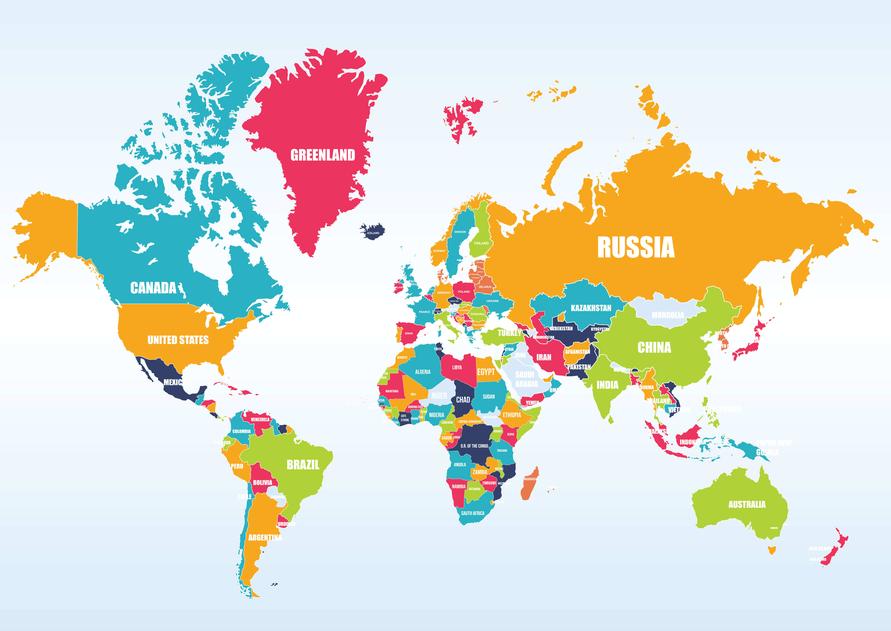
The casualty rates for specific battles in WW2 could be similar to WW1. For instance, British forces experienced comparable fatality percentages after D-Day relative to WW1, with around 10.9% British servicemen deaths in WW2 and 11.5% in WW1. This suggests that certain Western Front engagements remained just as deadly. However, widespread improvements in medical treatment and changes in military tactics still influenced survival rates overall.
The nature of warfare evolved between the conflicts. WW1 battles often occurred as long campaigns interrupted by quiet periods. Soldiers were not continuously engaged in combat and some front sectors remained relatively inactive. On the other hand, WW2 featured harsher fighting with genocidal intents from Germany and Japan in various theaters. The systematic targeting of civilian populations and prisoners of war increased deaths dramatically. This shift in warfare style made WW2 bloodier despite shorter or less continuous front-line fighting in some areas.
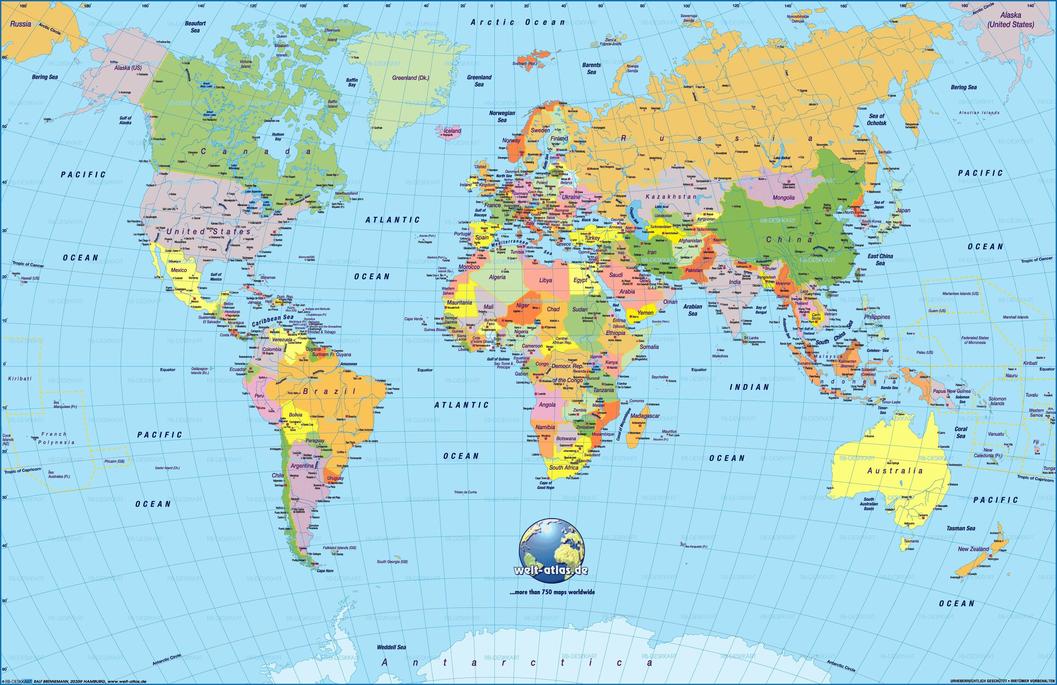
| Factor | WW1 Impact | WW2 Impact |
|---|---|---|
| Civilian casualties | ~7 million, limited direct targeting | ~50 million, massive bombings and genocides |
| Eastern Front deaths | 17-19 million total casualties | 21-30 million casualties (Soviet + Axis) |
| Geographic Scope | Europe-centric, limited Asian involvement | Global, significant Far East and Pacific theater |
| Medical care | Basic, lower survival | Improved care, higher survival when wounded |
| Warfare Style | Static, lengthy campaigns with breaks | Dynamic, genocidal, relentless conflict |
The sheer scale of WW2, including vastly higher civilian deaths, overwhelming losses on the Eastern Front, broader global involvement, and more brutal warfare, all account for its higher casualties compared to WW1. The prolonged fighting in WW1 does not equate to more deaths because WW1’s violence was concentrated and somewhat contained, with fewer civilians killed, smaller geographic scope, and less genocidal carnage.
- WW2 caused vastly more civilian casualties due to bombings and genocides.
- The Eastern Front was the deadliest theater in WW2, exceeding total WW1 deaths.
- Global scale and population growth led to more soldiers and wider conflict in WW2.
- Improved medical care in WW2 helped wounded soldiers survive more often.
- WW2 featured genocidal warfare contributing to higher military and civilian deaths.
How Were There More Casualties in WW2 Than WW1 When WW1 Seemingly Lasted Longer?
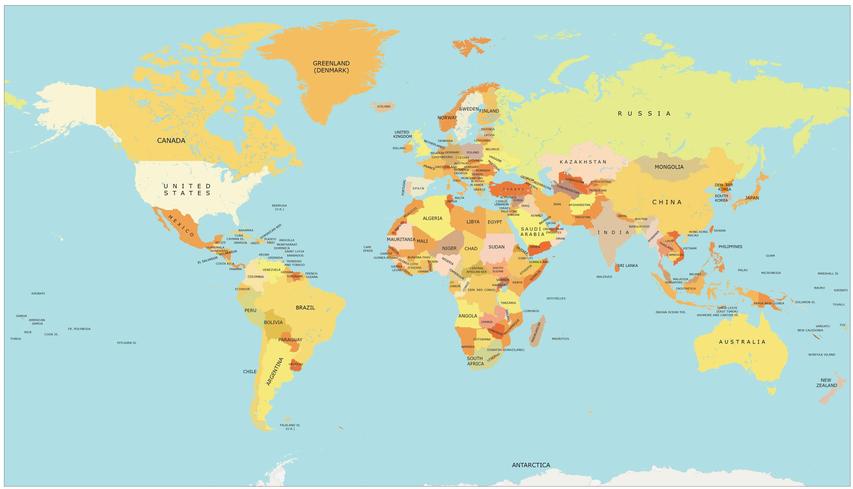
In short: World War II caused more casualties than World War I because of its global scale, brutal fighting on the Eastern Front, massive civilian deaths from bombings and genocides, and the involvement of new, deadlier technology and tactics. It might seem surprising since WW1 dragged on for four years with endless trench warfare. But the *why* behind the higher death toll in WW2 is more complex—and a bit grimly fascinating.
Let’s peel back the layers of history to understand how millions more died in WW2, despite WW1 feeling like an unending grind in muddy trenches.
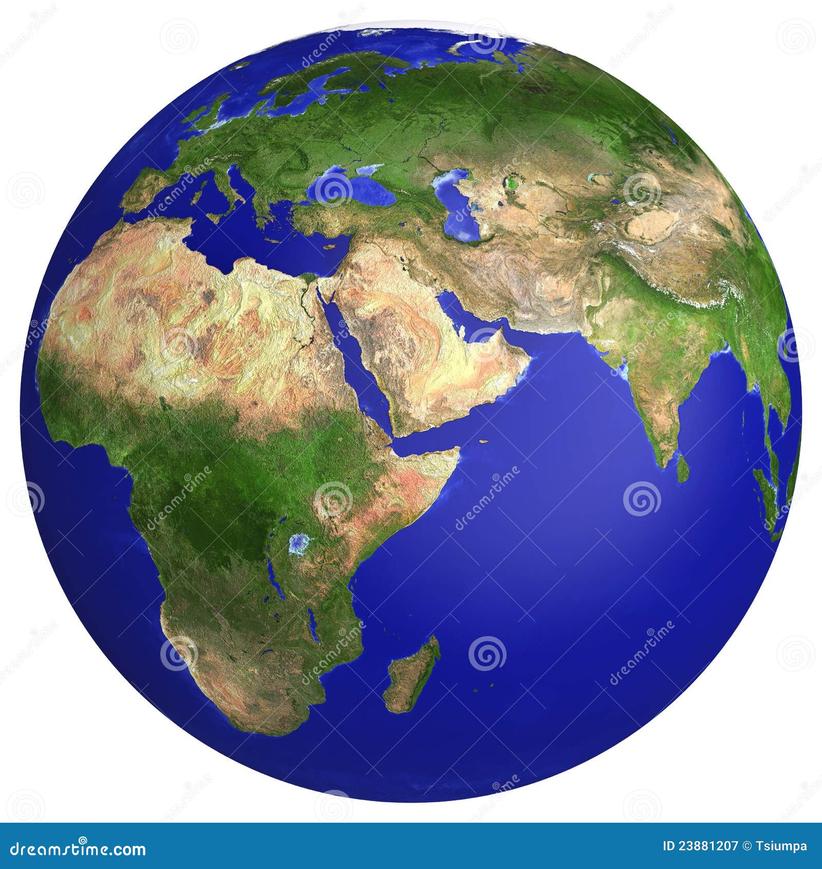
The Civilian Casualty Factor: Bombs, Blitz, and Brutality
Civilian deaths in WW2 blow WW1’s numbers out of the water—50 million versus 7 million. That’s a staggering difference. What caused this?
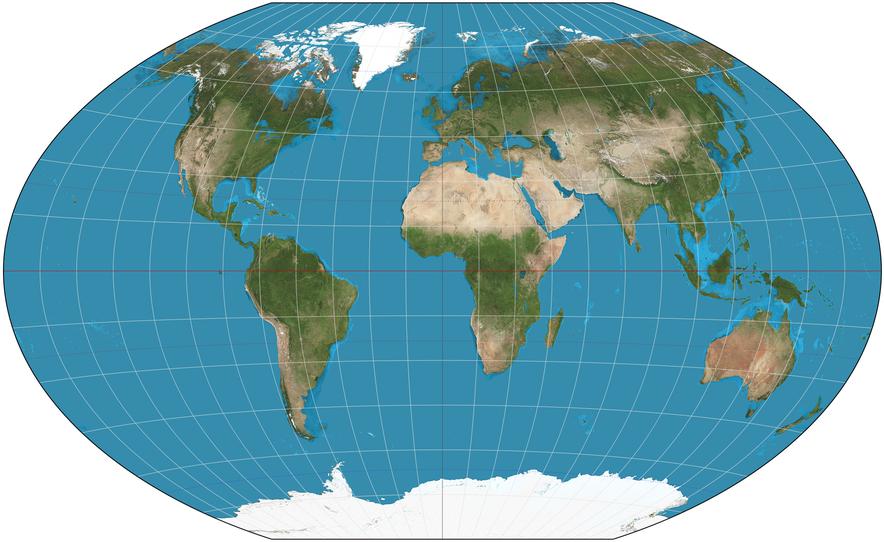
During WW2, bombing technology had matured far beyond WW1 methods. Cities in Europe, Asia, and the Pacific did not escape unscathed. Civilians were no longer just bystanders; they were targeted explicitly. The Blitz in London, firebombing in Dresden and Tokyo, and atomic bombs on Hiroshima and Nagasaki show the deadly reach of air power.
WW1 wasn’t kind to civilians either, but most battles took place away from major population centers. Countries didn’t yet have the technology for widespread urban bombardment, and the strategy was different. Civilians weren’t targets to be systematically destroyed.
WW2’s “fight to the death” mentality encouraged total war—meaning every resource, civilian life, and city was part of the battle. This brutal approach caused a far higher civilian death toll compared to the relatively restrained targeting in WW1.
The Eastern Front – The Deadliest Battlefield in History
Anyone familiar with WWII battles knows the Eastern Front was no joke. The scale was mind-boggling—Operation Barbarossa alone involved the largest invasion force ever assembled. It was a fight between Nazi Germany and the Soviet Union for control over vast territories.
The human cost here dwarfed all WW1 casualties combined. The Eastern Front saw 4-5 million Axis deaths and a shocking 17-25 million Soviet casualties. That single front alone surpassed all WW1 deaths, military and civilian alike.
Compare this with WW1, where Russia had significant sacrifices but nowhere near this magnitude. In WW2, Russian casualties were nearly 15 times higher than in WW1. The Eastern Front was brutal, with relentless offensives, sieges, and no quarter given.
These staggering numbers underscore why WW2 casualties were so high. Death wasn’t just statistical—it was a daily lived reality for millions caught in the crushing war machine.
Global Scope: More Fighters, More Deaths
WW2 had a larger global footprint than WW1. Certainly, WW1 was devastating across Europe, but WW2 extended across continents—Europe, Asia, Africa, and the Pacific islands.
Asia played a massive role in WW2 unlike in WW1. The Japanese Empire expanded aggressively, dragging in China, Southeast Asia, and the Pacific into the conflict. This created huge theaters of war affecting hundreds of millions of people and vast armies.
Thanks to twenty years of population growth, there were simply more soldiers in WW2. Tens of millions fought across more battles and more countries. More soldiers meant more casualties; it’s a simple – though grim – math formula.
When you add in the tremendous scale of battles in China and the Soviet Union—regions largely overlooked in Western dialogue about the wars—you get a sense of the enormous expanses of death and destruction.
Military Casualties and Medical Advances
Interestingly, military casualties on the Western Front were actually higher in WW1 compared to WW2. WW1’s trenches were a kill zone stacked with machine guns, mustard gas, and hopeless charges. The brutal frontline fighting inflicted terrible losses.
In WW2, improved medical care and support roles behind the frontlines increased survival rates. More casualties meant wounded soldiers survived their injuries more often.
Casualty rates for British soldiers after D-Day were similar to WW1. Around 11.5% of British servicemen died in WW1, while about 10.9% died in WW2. This suggests that in some respects, the deadliness remained constant for certain troops.
The Nature of Warfare: Campaigns, Quiet Periods, and Genocidal Intent
WW1 battles were drawn-out campaigns with periods of relative quiet. Men didn’t face slaughter every minute; fighting ebbed and flowed across the front.
WW2 was, in many theaters, a relentless juggernaut. Also, the genocidal intent from Nazi Germany and Imperial Japan caused horrific losses, not just through combat but systematic killing of civilians—whether in the Holocaust, Nanjing massacre, or Asiatic massacres.
This genocidal aspect made WW2 uniquely deadly. Total war became not just about armies clashing, but whole peoples being marked for annihilation. That grim fact greatly swelled WW2’s death toll beyond battlefield deaths.
Putting It All Together: Why More Deaths in Less Time?
- WW2 had more civilians deliberately targeted by new technologies like strategic bombing, unlike WW1.
- The Eastern Front was a catastrophic bloodbath eclipsing all WW1 losses combined.
- The war became truly global with Asia’s large-scale involvement, increasing soldiers and battles dramatically.
- Medical advances improved survival but couldn’t overcome the overwhelming scale and genocidal campaigns.
- WW1’s longer duration didn’t translate into more deaths, as battles were often spread out with pauses.
So, even though WW1 felt like a long, grinding war of attrition, WW2 was more about total destruction on unthinkable scales. More ground was fought over, more armies involved, more civilians caught in the crossfire. The fighting was deadlier, faster, and often with horrific intent to wipe out entire populations.
What Does This Mean for Us Today?
Understanding why WW2 caused more casualties helps us grasp the evolution of conflict. It reveals how advances in technology, changes in military strategy, and the expansion of war into civilian lives changed the scope and human cost of warfare.
It’s a sobering lesson: wars today could be even deadlier if not for improved communication, diplomacy, and international laws protecting civilians. The shadow of WW2 reminds us why preventing total war is so crucial.
Have you ever wondered how a war could claim tens of millions of lives in just six years? Hopefully, now you see the complex forces behind this tragic reality and why numbers alone don’t tell the whole story.
“The deadliest conflicts leave scars not just in land, but in human memory and the lessons we pass on.”
Whether you’re a history buff or someone new to these topics, understanding these facts deepens our appreciation for peace and the tragic costs when it fails.
